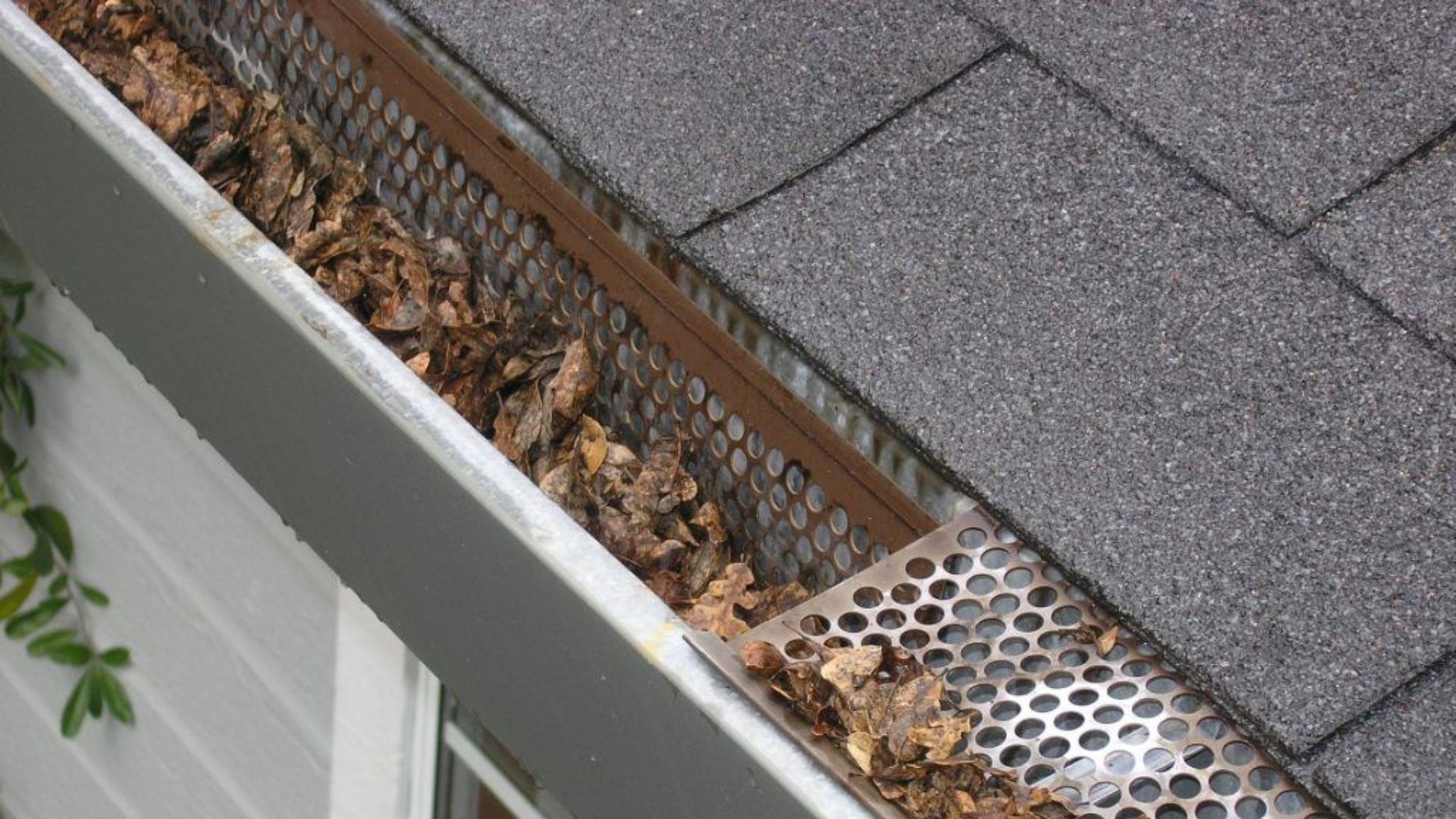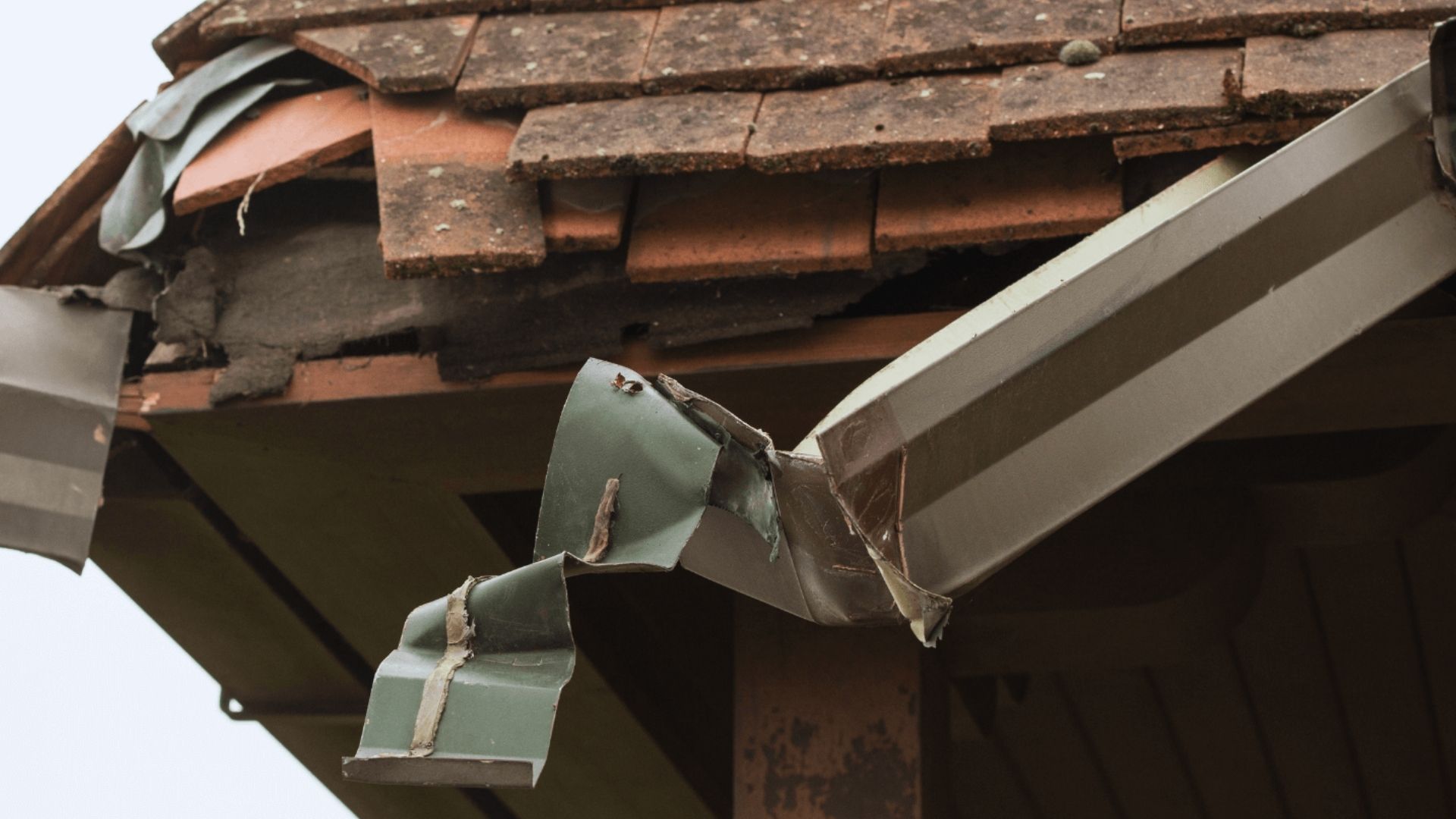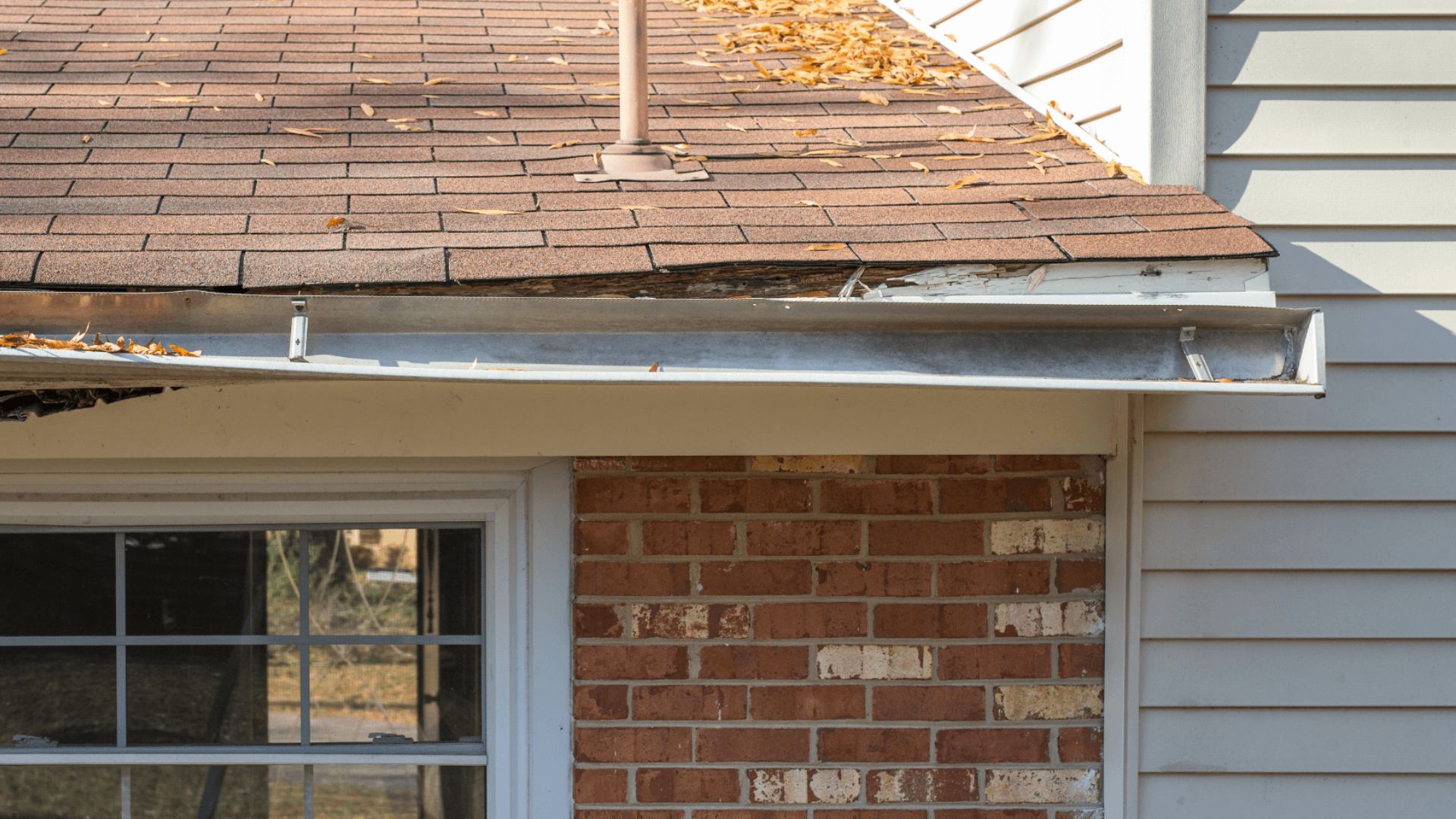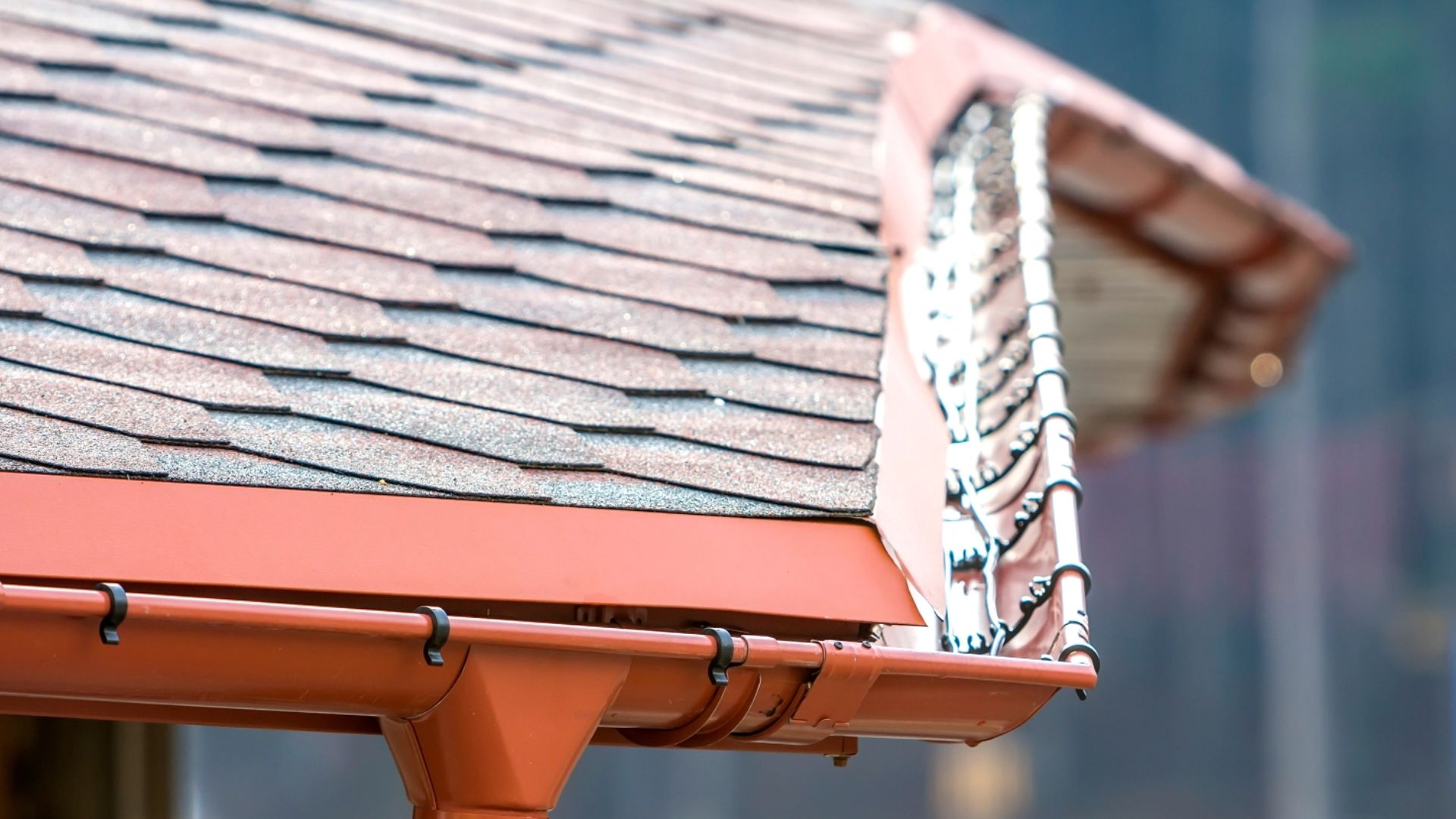7:00AM to 5:00PM
Although an external component of your home, the gutter system is crucial to the ‘healthy’ foundation of the building.
Keeping rainwater away from your home’s structure will protect the building from moisture-related damages like cracks and rust, which can otherwise wreak havoc. Given the hard work your gutter system performs, it’s only natural that it may encounter problems, with leaks being the most common issue.
But why do gutters leak, and how can you prevent them from happening? Dive in to learn it all!
A clog or crack can cause a leaking gutter, and some leaks may result from a combination of issues. But here’s a list of the most common causes of a leaking gutter:
As you may have already understood, the exact fix for leaking gutters will largely depend on the issue it’s plagued with, like:
Like the other pipes in your plumbing system, which may get clogged due to waste or mineral deposits from the water supply, the one rain gutter can get blocked with debris from the flowing rainwater. Although leaves and twigs may not seem like a threat initially, they can accumulate over time to create a big mass that eventually stops the downflow in its path.
A blocked drain can be very harmful. Initially, the problem typically presents as spills as the rainwater surges above the block. As the clog continues to absorb moisture, it will get heavier, putting undue pressure on the gutter and resulting in sudden leaks.
The best way to prevent this issue is by manually cleaning the gutter and removing anything that may cause a spill or potential leak. Once you’ve removed the larger debris materials, use a hand-held vacuum cleaner or leaf blower on the lowest setting to eliminate smaller waste particles. But don’t forget to put on your work gloves beforehand!
Some clogs may also occur in the downspout, which can prevent rainwater from entering it. Water accumulation in the gutter over time can cause leaks.
In this case, disconnect the downspout from the gutter, clean it, and reattach it. We suggest doing this regularly, especially during the rainy season (when the weather gives you a break).
When doing gutter repairs, be careful about creating new screw holes or enlarging old screw holes, as this can allow water to seep through over time.

Gutters remain unshielded against the elements, so don’t be surprised if you spot holes and cracks! However, some damages may not be visible until rainwater flows and water dripping from the gutter occurs. Waiting for the rain to help you detect leaks will likely do more harm than good, as the damages may intensify further.
Instead, run a small DIY test to spot all small leaks and small cracks. Pour some water into the gutter, observe the areas where the gutter leaks, and mark them. You can use silicone sealant or caulk to fix gutter spots for reinforced protection. That said, larger cracks and holes may require replacing entire gutter sections.
It’s also important to regularly clear out other debris, such as leaves and twigs, that can get caught in the gutters and cause clogs or weight that cracks the gutters over time. Keeping gutters clean helps prevent leaks from forming.

The seals on the joints of leaky gutters are essential for holding the structure together. However, prolonged exposure to harsh elements, particularly the sun, can weaken their adhesion. This deterioration often results in tiny holes, leaks, or even a collapse of the gutter system, which can cause severe damage and potentially lead to injuries.
To stop leaks effectively, use a water test to identify worn-out seals. Replace these with new weatherproof seals and reinforce them with caulk to ensure long-term durability. Keeping the seals in good shape is critical to maintaining your gutter system and preventing costly repairs down the line.
Another key system component is fasteners, which secure the gutter to the fascia boards. Loose fasteners can create gaps, allowing rainwater to leak through and potentially cause moisture damage to the fascia boards and roof structure. If you notice water leaking near the fascia boards or misalignment in the gutter, use a wrench to tighten the fasteners. Reinforcing these with caulk adds extra strength and stability.
For comprehensive maintenance, ensure your downspout is properly aligned and free from obstructions to keep water flowing efficiently. Incorporating these tasks into regular home improvement projects helps maintain the integrity of your gutters, keeping them in good shape and protecting your property from future damage.
But if you see that they have developed corrosion, rust, or cracks, replace them immediately. In case of severe damage, you may even have to replace the parts of the gutter and fascia affected by the moisture. We’d advise getting in touch with a professional for that.

Sagging gutters can arise from various causes, including improper alignment during installation, loose fasteners or seals, and the weight of heavy debris like tree branches clogging the system. These issues often lead to leaky gutters, causing water to spill or drip from the sides and bottom.
In minor cases, gutter leaks can be fixed with simple tools. Straighten the affected area using a hammer or car dent puller, then reattach it securely with fasteners, weatherproof seals, and caulk. Adding or reinforcing gutter hangers can also help stabilise the structure and prevent further sagging.
However, more extensive repairs or replacements may be necessary when sagging leads to significant water damage or the dripping gutter causes pooling around the foundation. Neglecting leaky gutters can result in higher costs and labour-intensive fixes.
Preventative measures like installing gutter guards, performing regular cleanings, and ensuring proper installation can reduce the risk of sagging and dripping. When these issues occur, quickly assessing the damage helps determine whether a simple repair or a major overhaul is required to maintain the gutter system’s integrity.

There are a few things you can do to reduce the chances of the gutter leaking in the first place, such as:
Although fixing smaller issues like reapplying sealants and caulking them may be easy, replacing the gutter parts or straightening them can be dangerous without the right tools.
Not only can you end up causing more damage to the gutter, but you may also injure yourself while on the ladder. That’s why it’s best to call professionals like the trained and licensed plumbers at Gold Coast Plumbing. Our gutter maintenance and gutter leak repair services go beyond emergency repairs to make your life easier.